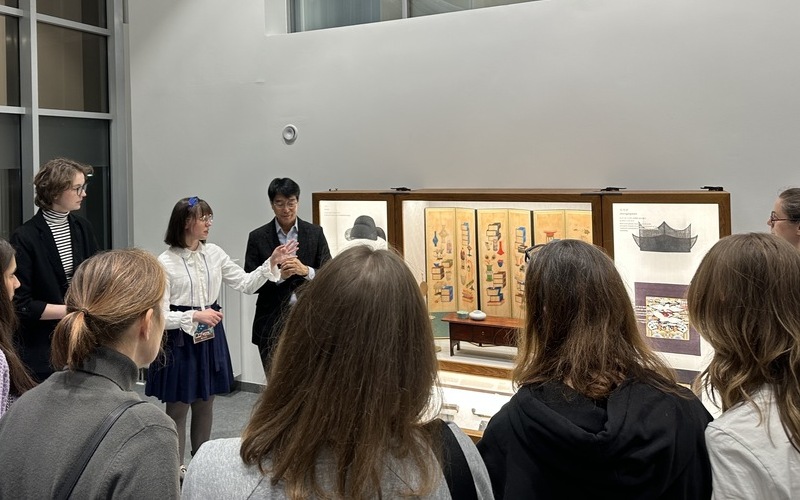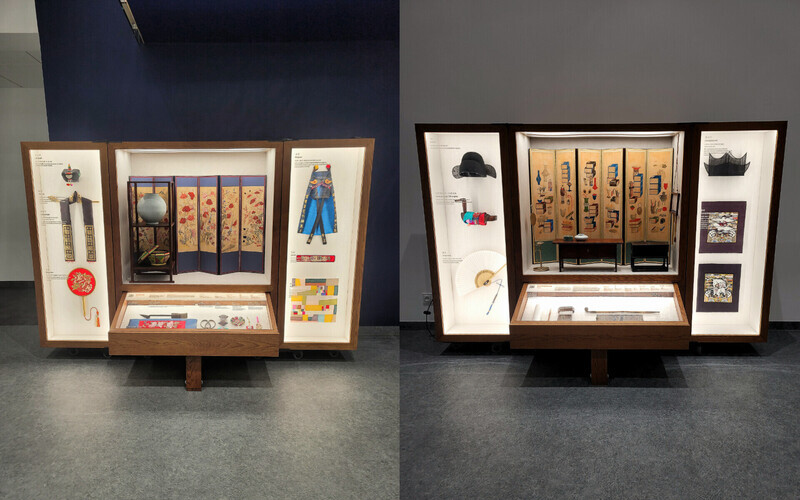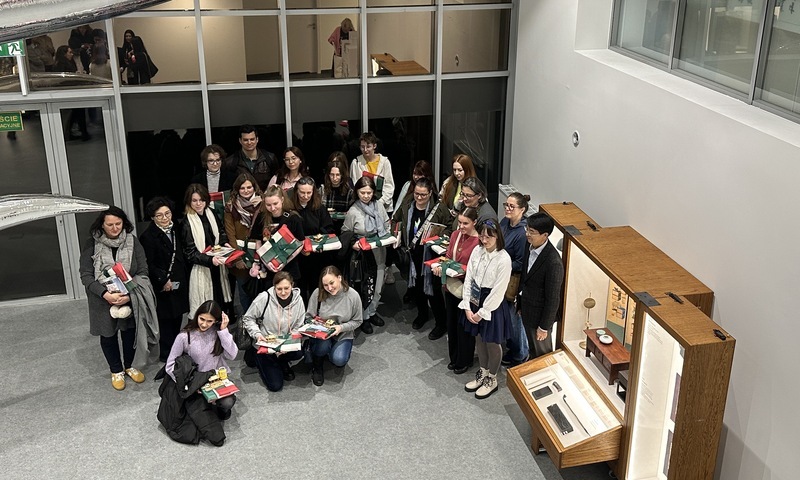- 한국어
- English
- 日本語
- 中文
- العربية
- Español
- Français
- Deutsch
- Pусский
- Tiếng Việt
- Indonesian
By Honorary Reporter Zuzanna Klonowska from Poland
The traveling exhibition "Korean Culture Box" of the National Folk Museum of Korea from Oct. 12-13 was presented at the Korean Culture Center in Poland.
Part of the event was a lecture on traditional and modern Korean homes by a lecturer, Ki Ryang, a professional lecturer on traditional Korean architecture, Hanok, and former exhibition director at the museum. I had a pleasure of hosting and interpreting this event.
The event provided insights into traditional Korean housing and its connection to modern housing styles such as apartments. Visitors learned that a home in Korea is not just a living space but also where ancestral spirits and household deities coexist.
Traditional homes through features like maru, a raised wooden floor that connects the rooms of the yard, and ondol (heated floor) protect residents not only from the weather but also from negative energy and spirits, bringing luck to a family.

Visitors receive an explanation on traditional housing at the Korean Culture Box exhibition. (Lee Mihyun)
Afterward, visitors went to see the exhibition of traditional living spaces like the male living space sarangbang and that of women, anbang.

On the left is the female living space anbang and on the right is the male living space sarangbang. (Zuzanna Klonowska)
Each box had miniature replicas of traditional furniture used by the yangban (aristocratic class). The sarangbang box featured the daily necessities of a seonbi (scholar), reflecting the simple and refined style valued by those dedicated to study and the arts. In contrast, the anbang box displayed the vibrant and decorative elements of a women's room like tools used for embroidery, household tasks and childcare.
Thus this exhibition highlighted the gender-based roles and lifestyles of Korea's past.

Visitors pose for a group photo at the end of the event. (Lee Mihyun)
msjeon22@korea.kr
*This article is written by a Korea.net Honorary Reporter. Our group of Honorary Reporters are from all around the world, and they share with Korea.net their love and passion for all things Korean.